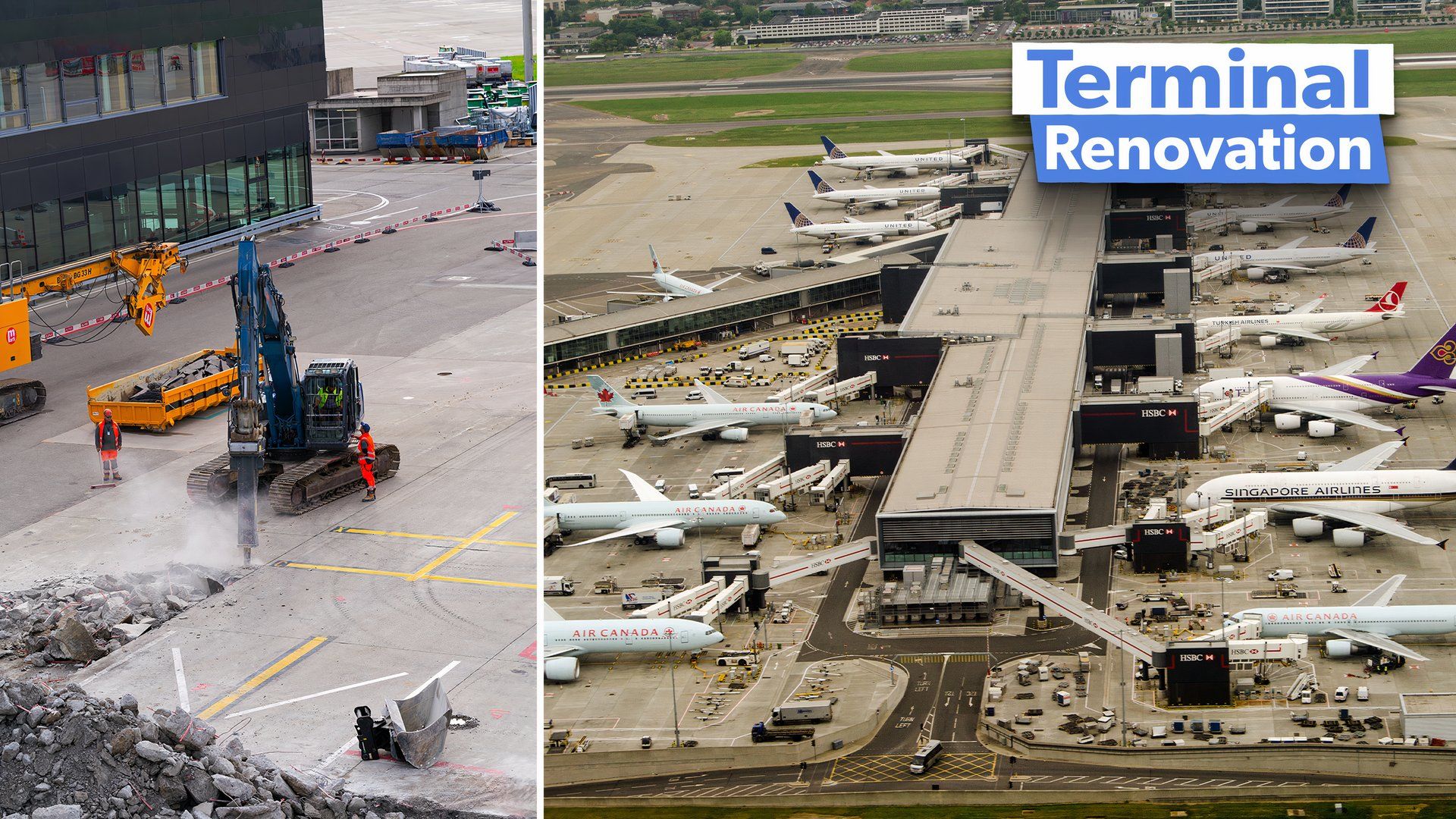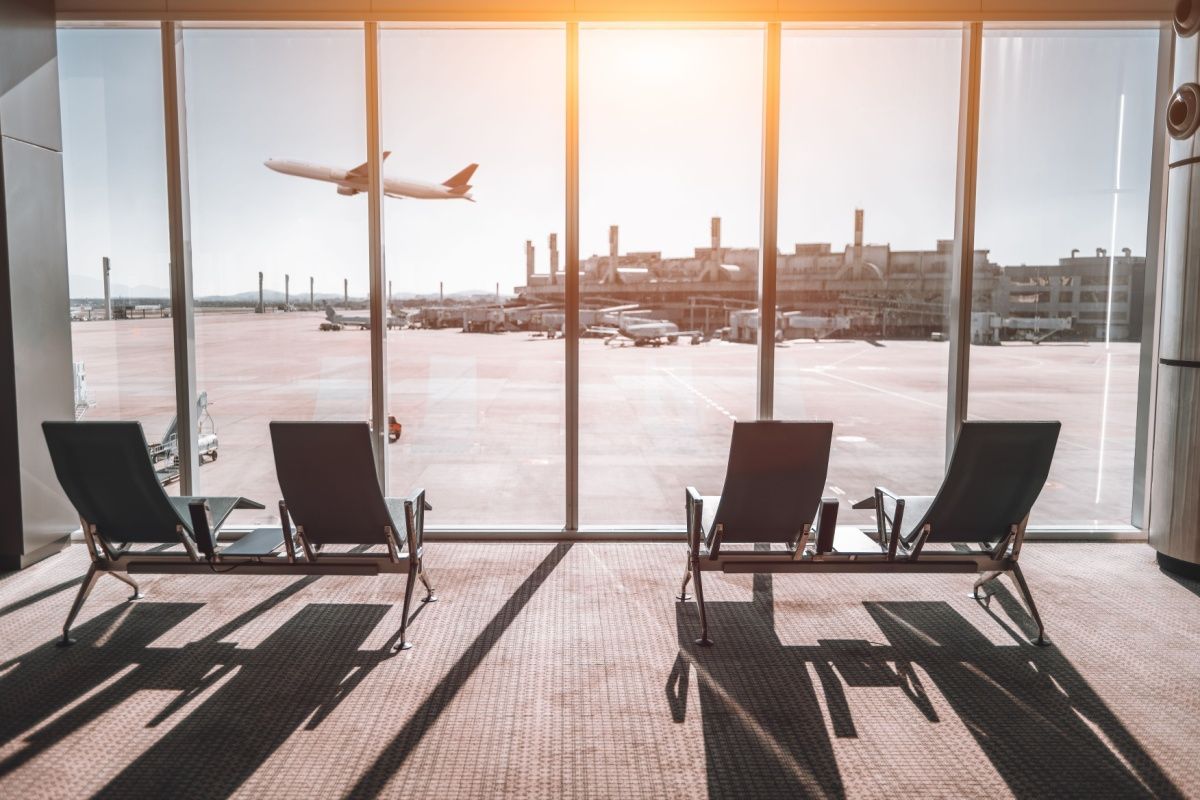Summary
- Growing passenger numbers require the upgrade of new airport terminals.
- Cost control is critical for efficient airport upgrades due to multiple stakeholders.
- Sustainability and efficiency are prioritized in modern airport development.
We regularly see cases of airport and terminal upgrades and renovations. These are normally long-running and expensive projects, with complex planning needed by many different parties.
There is growing pressure on airport infrastructure due to age, use, and increasing passenger numbers. IATA currently predicts that global passenger numbers could double by 2035. With this, there will be a huge need over the coming years for new construction and airport terminal upgrades. We look at some of the main challenges of such projects.
Improving passenger experience and facilities
A lot has changed since the early days of aviation. Passenger numbers are constantly increasing, as are the number of flights using most airports (and terminals). Looking further back, many of today’s terminals were designed for much smaller aircraft.
Increased use requires more space but also improved connections. Airlines often want to consolidate operations into the same terminals and potentially with alliance partners as well. Layout, visibility for moving passengers, and prediction of flow and bottlenecks are all vital here to get things right.
Photo: skyNext l Shutterstock
Renovation is not just about increasing the space for passengers and aircraft, however. The airport experience expected today involves extensive retail and duty-free areas, dining and lounge spaces, and even more to set the airport apart (think of the indoor waterfall, malls, and cinemas at Singapore Changi, or the impressive space and architecture at Doha to imagine what transit hubs are doing here).
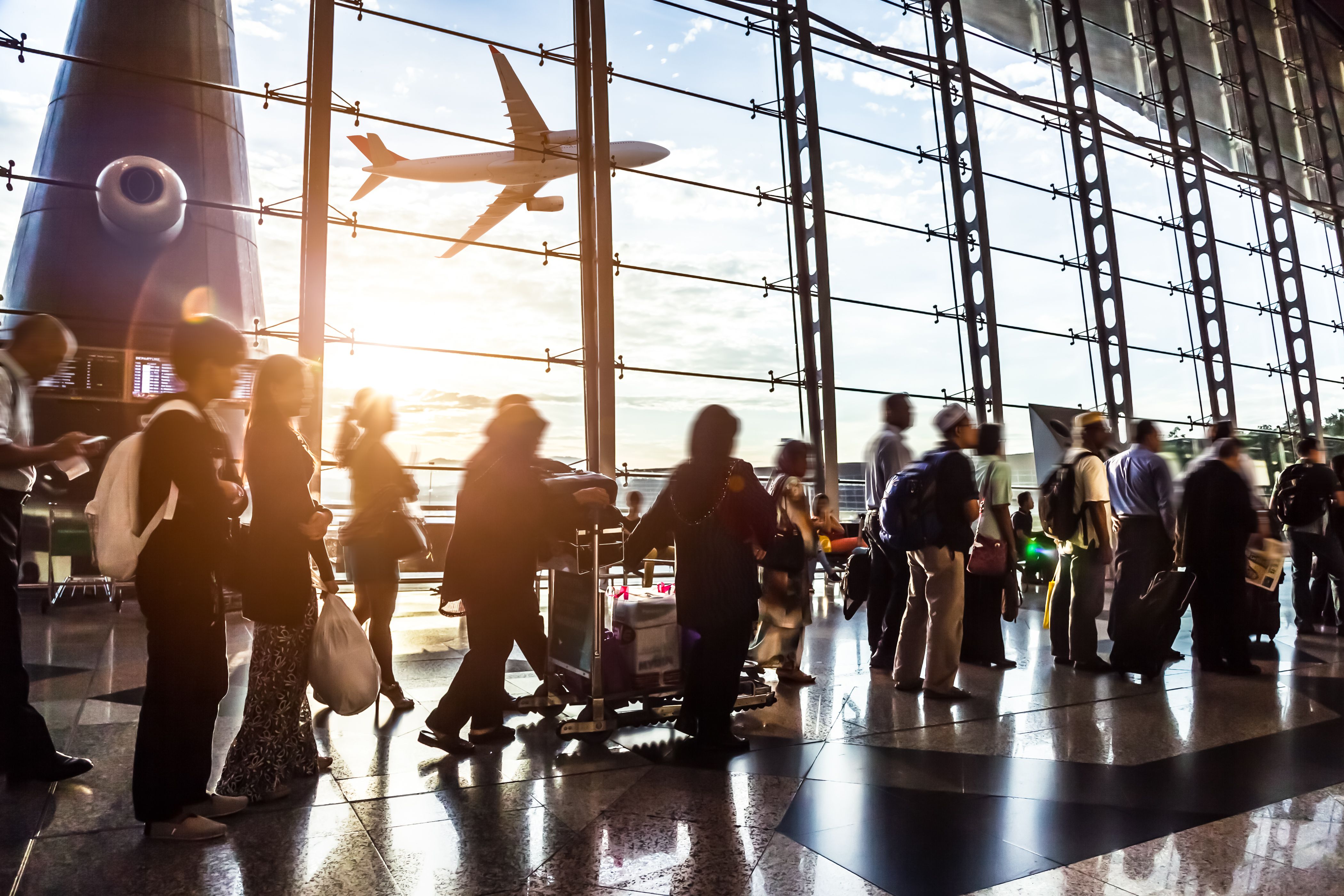
Related
Airport Infrastructure – Everything You Need To Know
Let’s take a look at the major structures that support airport operations.
Cost control and communication
Any large construction project needs good cost and budget planning. Airport upgrade projects are likely to involve several stakeholders, owners, and users. Early engagement of all relevant parties is essential, as is ongoing communication throughout.
For most upgrade projects, this will involve not just planning for the design and construction of new terminal space but efficient project management alongside ongoing airport operations. Delays and errors here could be very costly, both in budget and time.
All too often, we hear stories of planning going wrong here with delays and cost overruns. For a positive case, look at the ongoing upgrade works at Minneapolis-St Paul International Airport (MSP). Here, the Metropolitan Airports Commission is working in partnership with ![]() Delta Air Lines
Delta Air Lines
to upgrade six of the seven concourses in Terminal 1. This is a complex $242 million project taking place alongside ongoing airport operations. Incredibly, as of October 2024,, the project is running two months ahead of schedule.
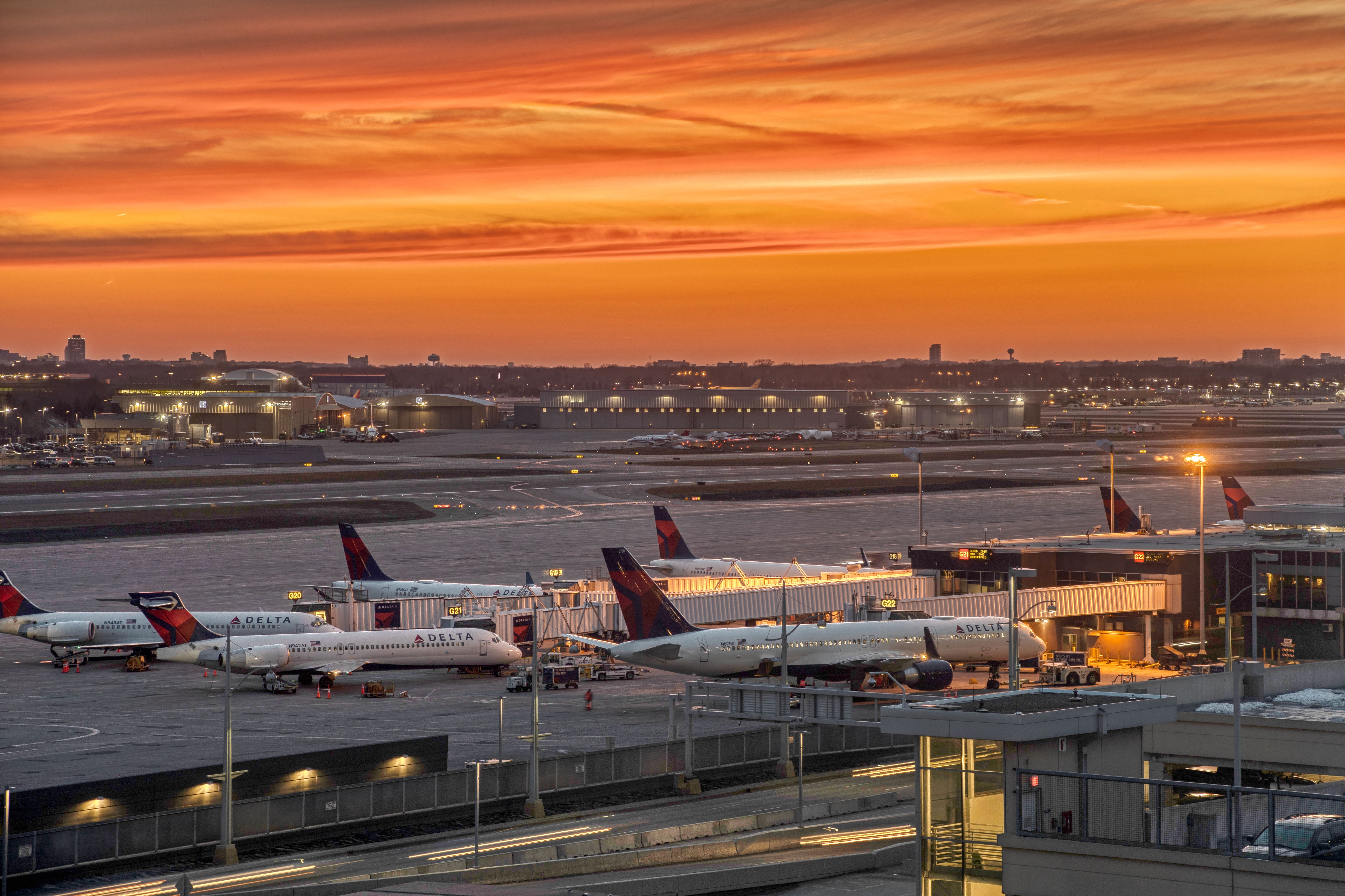
Related
Delta Beating Schedule On MSP Terminal 1 Upgrade Program
Delta and the Metropolitan Airports Commission have formed an effective partnership to upgrade MSP Terminal 1.
Strict regulation and related bureaucracy only add to these challenges. Approval processes for expansion can be lengthy (just look at the challenges seen at London Heathrow, delaying possible expansion for years). And of course, building and safety standards are strictly regulated, as is ongoing use and operation.
Sustainable development
There has no doubt been a major increase in focus on efficiency and sustainability over the past decades. Many airports and terminals were built with very different expectations in this area. Today, energy-efficient operations and renewable energy sources are important. There is also a focus on sustainable construction techniques, such as avoiding landfills.
The new development at Kuwait International Airport Terminal 2 aims to be a Leadership in Energy and Environmental Design (LEED) certified Gold building. It will use solar energy from both roof solar panels and through the concrete construction. The redeveloped Terminal 1 in San Francisco is also aiming for the same standard.
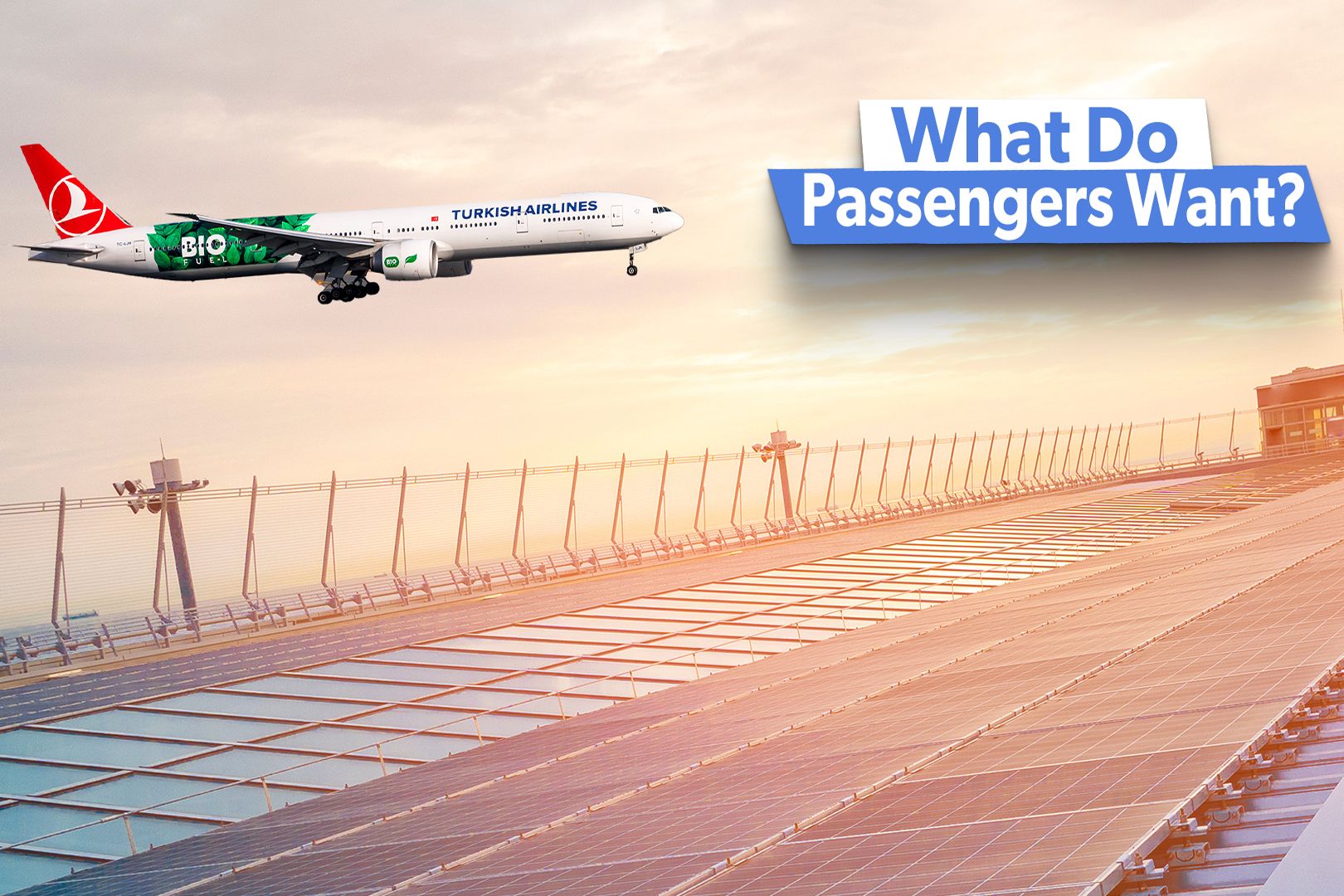
Related
Examined: The Airport & Airline Sustainability Initiatives Most Valued By Today’s Passengers
From carbon offset programs to sustainable fuel alternatives, passengers increasingly seek eco-conscious travel options from airlines and airports.
Making the changes while maintaining operations
Perhaps the biggest challenge, and one that sets airport renovations apart from many other construction projects, is that upgrades are almost always made while airport operations continue. Office or tower block upgrades will often see the occupants move and return when completed. This rarely works with an airport.
Any upgrades need to be fully planned alongside continued operations. This could happen in several ways. Sometimes, there is the luxury of being able to close one of multiple terminals for renovation. Often, it needs to happen on a rolling or phased basis, closing parts of a terminal or concourse at a time. This may take much longer and cost more, but overall, it is worth it.
A great example of this is the upgrades to Concourse D at Atlanta Hartsfield-Jackson International Airport (ATL). The older gates and walkways here need expanding to cope with greater passenger numbers. This is being achieved using a modular construction technique, where portions of the new concourse are constructed off-site and then slotted together with minimal service interruptions elsewhere.
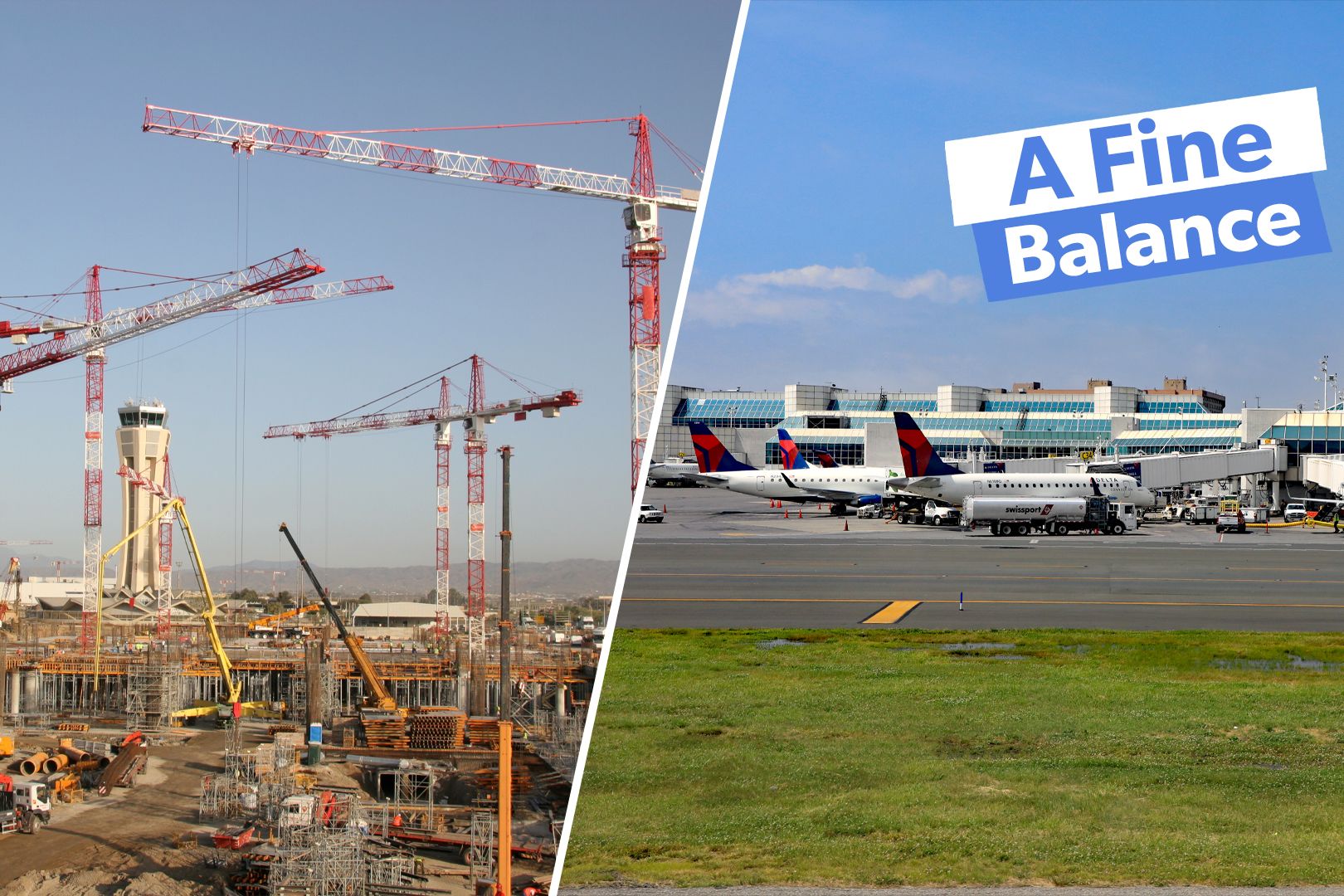
Related
Fine Balance: How Do You Rebuild A Terminal While Keeping It Operational?
The world’s busiest airport is nearly doubling the size of one of its major concourses while keeping it fully operational.
Ongoing renovation projects
There are always plenty of airport upgrade and renovation projects underway, where these factors can be seen. Just in Europe, there are (according to reporting by Construction Briefing) currently 177 infrastructure upgrade projects at European airports, with a total value of €100.1 billion (US$109 billion).
As well as the major projects underway at Atlanta Concourse D and Minneapolis-St Paul Terminal 1 that we have already mentioned, some recent or ongoing major upgrades include:
- A major expansion of the North Satellite Terminal at Seattle-Tacoma International Airport.
- A major upgrade plan for New York JFK Airport (worth $19 billion) that includes the development of a unified terminal layout.
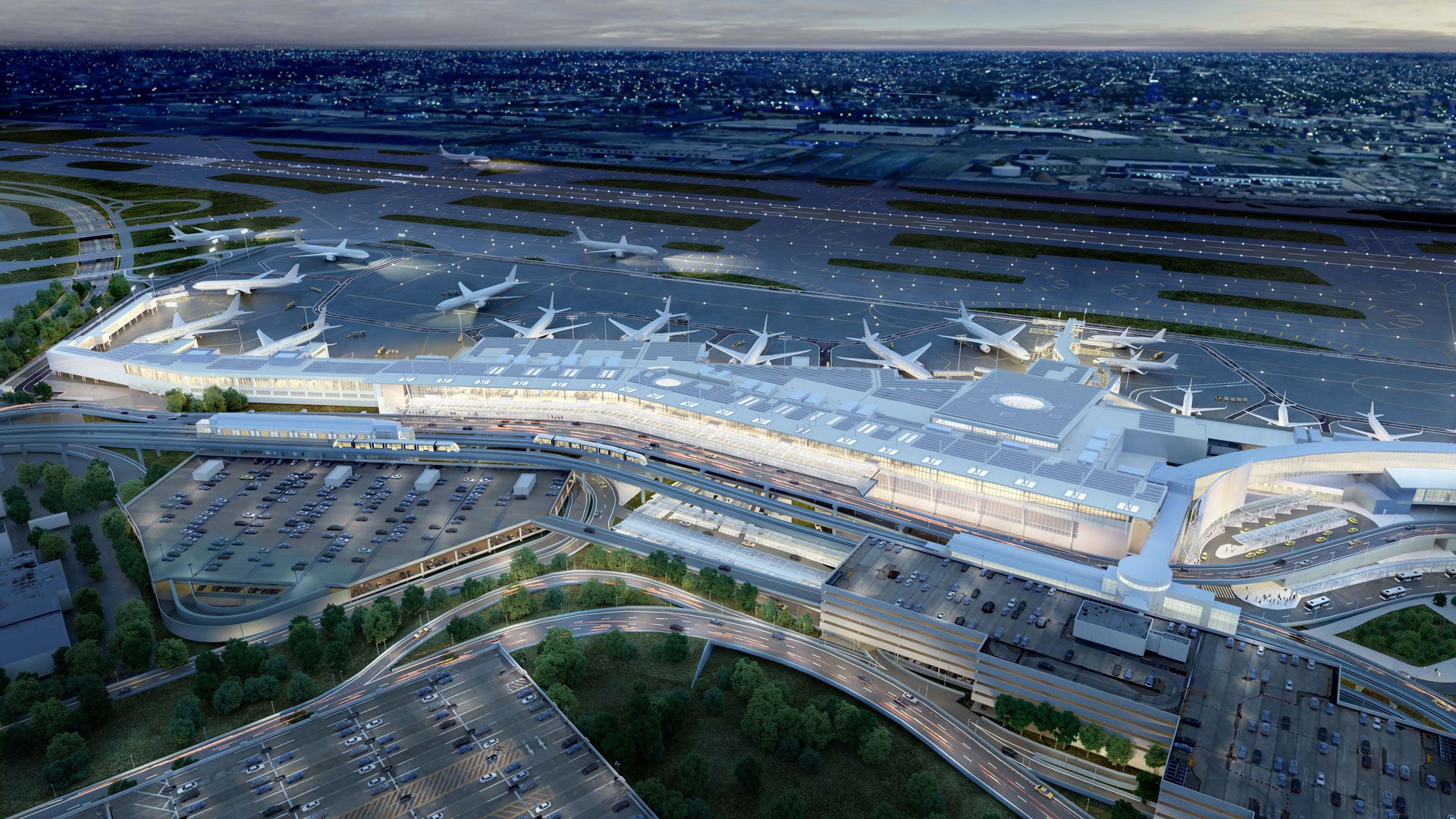
Related
Inside JFK’s $19 Billion Of Improvement Projects
The redevelopment project will improve four of the airport’s terminals.
- Redevelopment and upgrades of Terminal 1 at San Francisco
- Long-planned upgrade works at Chicago O’Hare International Airport (worth $8.5 billion) aimed to expand the airport’s capacity by 25%. This is estimated to be running at least six years behind schedule.

